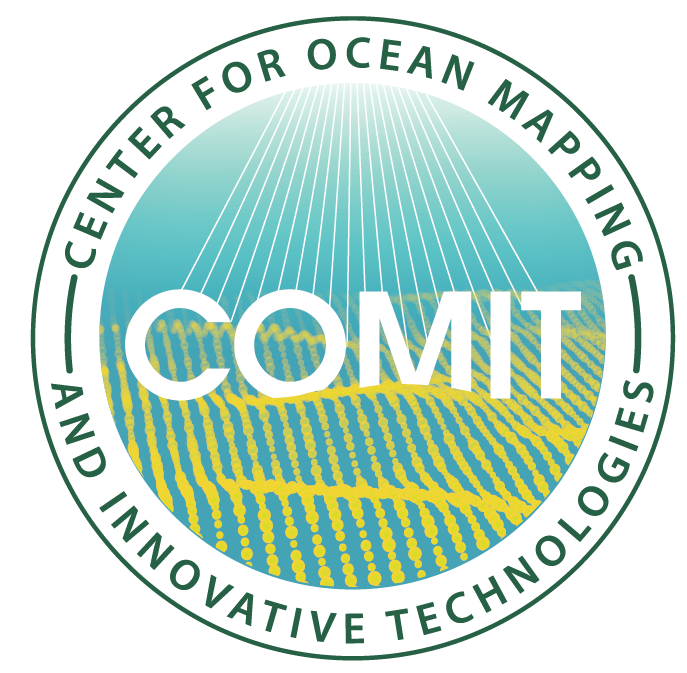Center for Ocean Mapping & Innovative Technologies Webinar Series
dr. qassim abdullah
Join us via Microsoft Teams (no account needed, click here) on August 25th at 12pm EDT
Advancements in Geospatial Mapping Sensor Technologies and Procedures for Inland and Coastal Mapping
Abstract: Recent advances in lidar technology, digital cameras, single and multi-beam sonar, and unmanned systems or drones, as well as the improved quality and accuracy of the data these innovative technologies provide, have provided real opportunities to support many surveying and mapping activities on and off shore. New lidar technologies such as Geiger mode and single photon lidar are ideal for mapping massive projects with heavy vegetation cover, like those seen in Alaska and the Pacific Northwest. Products from these technologies are characterized by high-spatial, multi-temporal and high-fidelity resolution. Lidar sensors that utilize green light can be used for dual survey of onshore and offshore sites, making them a very robust option for coastal and inland water body mapping. This presentation will focus on these emerging technologies and the latest lidar system data and advanced digital cameras, many of which we have never seen before, that are being utilized to benefit local, state and federal agencies as they monitor natural resources, coastal mapping and engineering design. I also will touch on the tremendous advances that have been made in unmanned aircraft systems and uncrewed underwater vessels in the last few years, and will discuss and categorize the quality and the accuracy of products acquired by these new sensors for both manned and unmanned platforms.
Biography: Dr. Qassim Abdullah is an accomplished scientist and thought leader with more than 40 years of combined industrial, research and development, and academic experience in analytical photogrammetry, digital remote sensing, and civil and surveying engineering. Currently, Dr. Abdullah is Vice President and Chief Scientist for Woolpert. In addition, Dr. Abdullah serves as an adjunct professor at the University of Maryland, Baltimore County and at Penn State. Dr. Abdullah is also a member of the NOAA Hydrographic Services Review Panel (HSRP) and is on the Transportation Research Board’s Standing Committee on New Users of Shared Airspace and its Standing Committee on Geospatial Data Acquisition Technologies. He obtained his doctorate degree in photogrammetry from the University of Washington in Seattle.
Dr. Abdullah is a Fellow with the ASPRS, was the creator and principal author of the new ASPRS Positional Accuracy Standards for Digital Geospatial Data, received the organization’s Lifetime Achievement Award in 2019, and has been the recipient of several prestigious awards within the organization. Dr. Abdullah is a certified photogrammetrist and licensed professional surveyor and mapper in Florida, Oregon, Virginia, and South Carolina. He is also a certified thermographer by the FLIR Infrared Training Center and a Certified GEOINT Professional in Remote Sensing and Imagery Analysis (CGP-R) by the USGIF.
